Hello everyone! This is my first blog post of ECI833. Let’s explore the basics of educational technology together. In a world full of new ideas, educational technology is like a powerful force changing the way we learn. It’s reshaping how we learn things. Come along as we look at what educational technology is and where it came from. We’ll discover how it has shaped education in the past, how it’s influencing us now, and what it might mean for the future.
Educational technology falls into the category of tools and resources that support and enable access to education. This encompasses various equipment, programs, and materials used by teachers and students to enhance the learning experience. Whether inside or outside the classroom, these technologies assist students in attending classes, collaborating with peers, connecting with others remotely, and acquiring new skills. Educational technology empowers teachers to create digital textbooks, gamify lessons, manage attendance, assign homework, conduct quizzes, and receive instant feedback. This shift to technology, including smartphones, computers, and tablets, is disrupting traditional teaching methods, necessitating that educators adapt to the evolving digital landscape. As the technical world undergoes significant changes, teachers must embrace up-to-date tools to engage students in the digital era, requiring innovative teaching approaches and the introduction of fresh concepts. The use of educational technology by teachers has become imperative in today’s educational environment.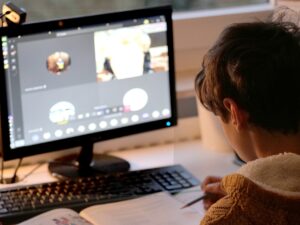
I think educational technology is like a powerful engine that’s changing the way we traditionally learn. It includes many different tools and platforms that are made to make learning better. From what I see, the most important thing about educational technology is that it can remove the limits of where you are, so people all over the world can easily get knowledge. Using smart computer systems, pretend worlds, and interactive activities in education has really changed how we learn and understand things. These technologies help all kinds of learners, making the learning environment more personal and interesting. Also, more people can access education through the internet, letting everyone learn at their own speed.
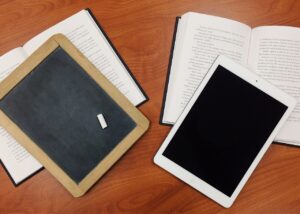
Photo by WOKANDAPIX on Pixabay
But we face problems like not everyone having equal access to technology and worries about keeping personal information safe. These issues make us think about the moral duties that come with quickly improving educational technology. It’s important to find a good mix between coming up with new ideas and making sure everyone can benefit. Educational technology is a powerful force shaping how we learn in the future. We need to use it wisely to make sure everyone gets a fair chance to learn.
When I reflect on my use of educational technology, I realize that historical and philosophical contexts play a crucial role, whether I’m aware of it or not. Exploring how technology has evolved in education has given me a deeper understanding of the progress made and the hurdles faced.
When I was in primary school, we didn’t have many fancy gadgets, and teachers mostly used books for teaching because there wasn’t enough money for computers, projectors, or smart boards. But things changed around sixth grade when I started learning about computers and their parts. My science teacher began using projectors to teach, making class more interesting. Back then, I didn’t have a computer or internet at home, so I could only use them at school. It wasn’t until college that I got my own computer for presentations and projects. I think technology has made learning more fun. After finishing my teaching degree in 2019, I started working at D.R.S. Convent School. It was exciting, but after just three months, everything shut down due to COVID-19. I used to teach science and math, and I loved doing experiments in the lab. But the pandemic changed everything. Now, with schools closed, learning has to happen online. It’s not easy for students, teachers, or parents. We’re all adjusting to this new way of learning. For the first time, I had to create online materials so students could keep learning at home.COVID-19 has made things challenging, but we’re doing our best to keep education going, even if it’s from a distance.
Looking back, important events like bringing computers into classrooms or moving to online learning have influenced how I see using technology. Learning from the difficulties and achievements of those who did it first gives me good ideas on how to use technology in a helpful and ethical way. Thinking about different educational theories has shaped how I bring technology into my teaching. Whether I’m focusing on putting students at the center, making sure everyone feels included, or using critical thinking methods, these ideas guide how I use technology to support these important principles. Also, thinking about what’s right and wrong from past events, like worries about privacy or making sure everyone has access to technology, has made me more aware of how my choices with technology can affect people. It’s really important to find a good balance between trying new things and being responsible with them. In summary, my educational technology journey is a dynamic interplay between understanding historical contexts and aligning with philosophical perspectives. These factors shape both my conscious decisions and the nuanced aspects of my educational practices.

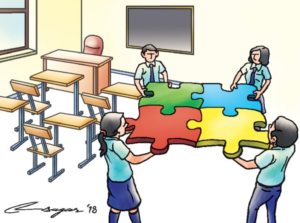
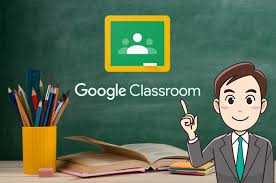
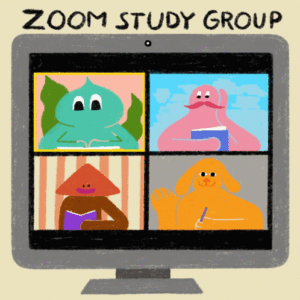
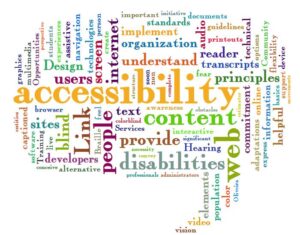
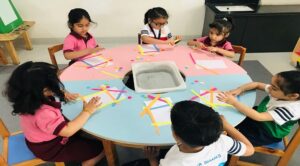
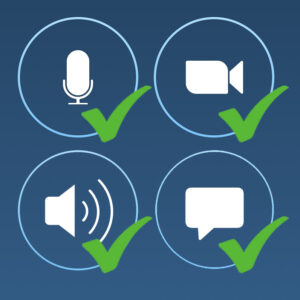 CONTACT STUDENTS such as:
CONTACT STUDENTS such as:

